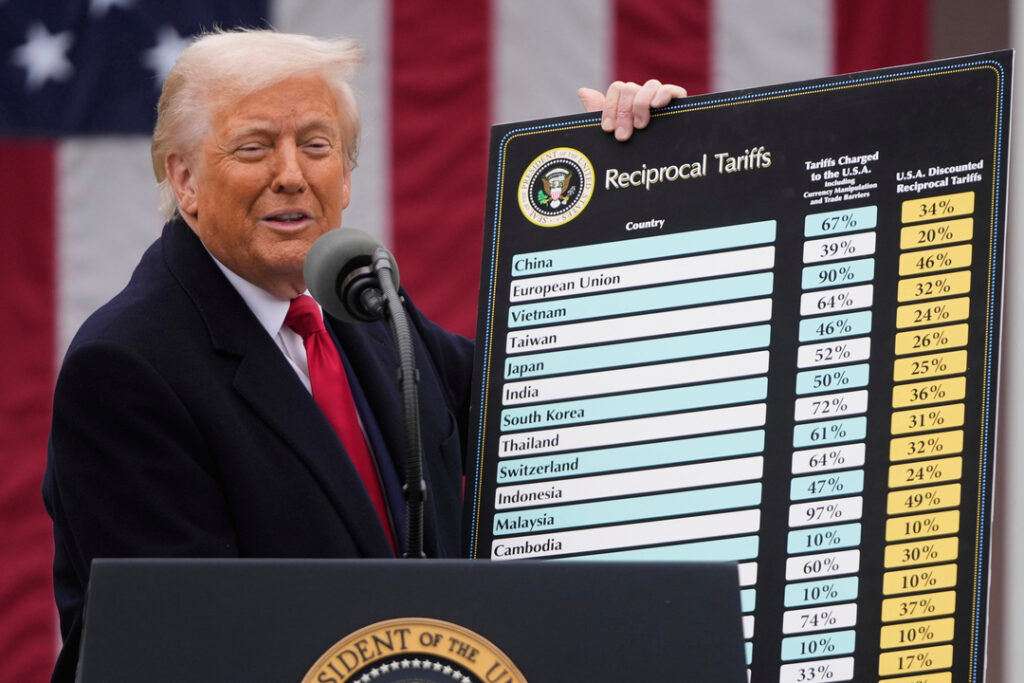
Introduction
Trump tariffs, imposed during the administration of former President Donald Trump, have significantly influenced trade dynamics both in North America and globally. Their importance lies not only in their immediate economic impact but also in their long-term effects on international relations and domestic industries. Understanding these tariffs is critical as businesses and economists assess shifts in trade policies that could arise with changing administrations.
Description of Trump Tariffs
Initially enacted in 2018, Trump tariffs targeted a variety of goods, including steel and aluminum imports, with the intention of protecting American industries and addressing trade imbalances, particularly with countries like China. These tariffs ranged from 10% to 25%, affecting numerous sectors, from manufacturing to agriculture, and sparked retaliatory measures from impacted countries.
Current Developments and Reactions
As of late 2023, the status of Trump tariffs remains a pivotal concern amid ongoing discussions within Congress and the Biden administration. Some tariffs have remained in place while others have been revised or temporarily lifted. For instance, higher tariffs on Chinese goods are still a significant element of U.S. trade policy, aiming to counteract unfair trade practices associated with intellectual property theft and forced technology transfers.
The impact of these tariffs extends beyond immediate economic implications; Canadian businesses, for example, have had to navigate increased costs and uncertainty due to tariffs on steel and aluminum imports. The Canadian government has been vocal in advocating for a fair resolution, leading to negotiations aimed at restoring trade relations between the two countries.
Broader Economic Implications
Economically, experts argue that the Trump tariffs have resulted in higher prices for consumers and may have led to job losses in industries reliant on imported materials. A study from the National Bureau of Economic Research found potential losses of over 300,000 American jobs linked to these tariffs, prompting discussions on the sustainable effects of such trade policies.
Conclusion
As the global economy continues to recover from the pandemic, the implications and perceptions surrounding Trump tariffs will likely evolve. Policymakers must consider the delicate balance between protecting domestic industries and fostering beneficial international trade relationships. For Canadian businesses and consumers, understanding these developments is crucial in making informed decisions regarding trade and investment. The ongoing discourse surrounding tariffs signals that trade policy will remain a critical issue in shaping economic landscapes in the months and years to come.



